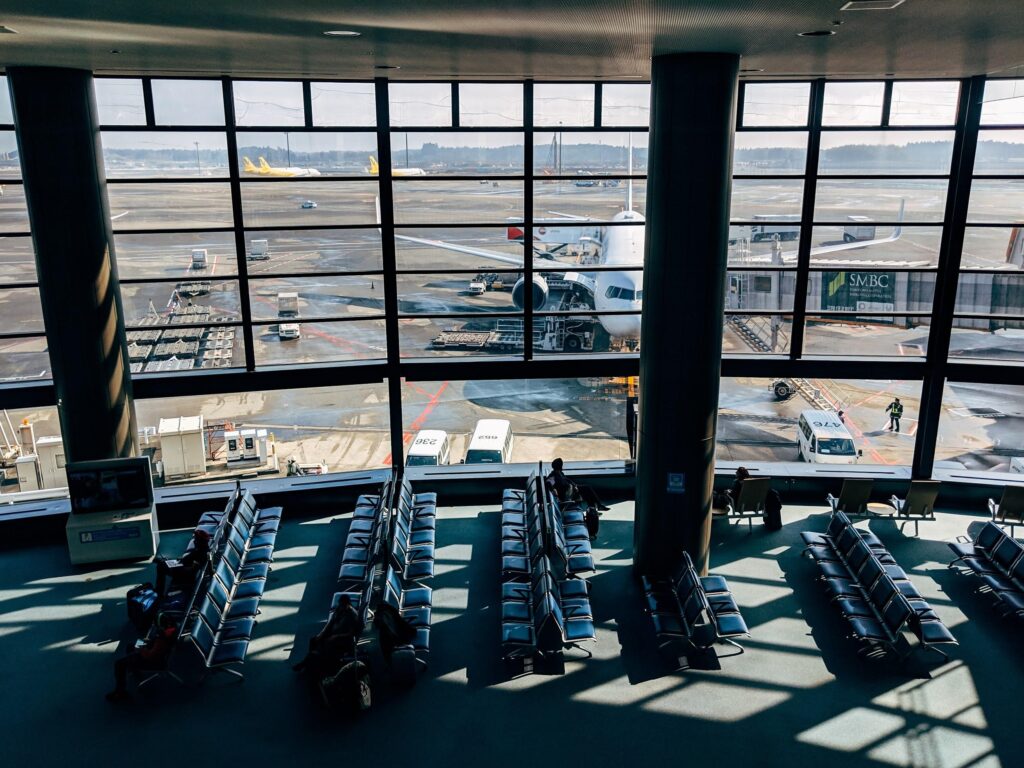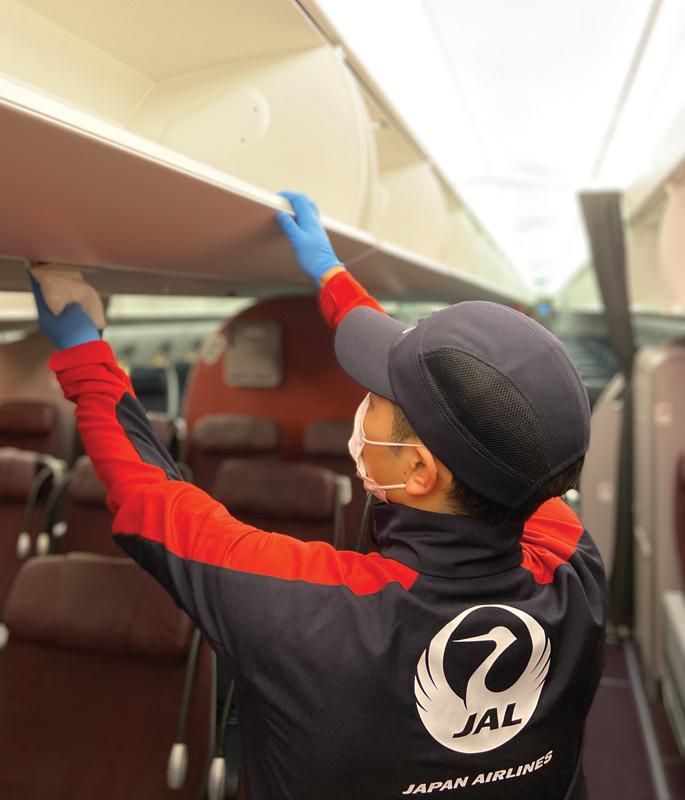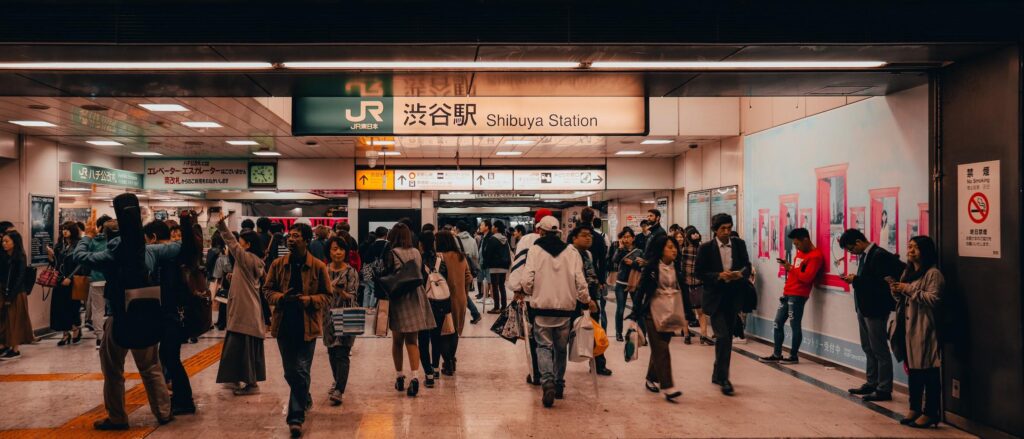The flight to recovery
Japan Airlines is back to servicing the world
by Elton Gagni / August 24, 2020
When the novel Coronavirus first broke out, Japan was one of the first countries to report a confirmed case in January 2020 and a confirmed death in February 2020. To reduce further transmission, the Japanese government urged companies to transition to remote work, closed schools prior to its Spring break, and cancelled upcoming events including the country’s most anticipated hosting of the 2020 Olympics.
As industries take a hit from the impact of the COVID-19 health crisis, one of the hardest hit is aviation and this includes the country’s flag carrier Japan Airlines (JAL). Back in January, JAL released its domestic flight frequency and fleet plans for the 2020 financial year. However, this has taken a step back to control the spread of the pandemic.
As travel restrictions started to be imposed across the globe, JAL began experiencing a decline of passengers from its international marketing, prompting them to reduce flight frequency and downsize aircraft on specific routes. As recently as July 2020, the carrier operated only 7 percent of its scheduled international flights to serve essential travel needs for students, workers stationed abroad, and citizens returning to and from Japan. From transporting over 740,000 passengers in January, the carrier hit its lowest in May, recording only 8,295 passengers.

Domestically, at the peak of the pandemic’s first wave in Japan, demand for air travel decreased rapidly during the spring of 2020. Similar to its international service, JAL decreased its capacity to minimize the impact to its overall profit. At its peak, JAL reduced up to 72% of its scheduled services, which equates to suspending over 600 flights per day. The carrier also experienced a significant drop in passengers from over 2.7 million in January to its lowest at less than 245,000 in May.
While passenger flights have taken the lion share of the impact, JAL found new ways to help Japan cope with the crisis by operating repatriation flights, as well as cargo flights to transport much needed medical supplies/face masks from China during the first wave.
“Between April and June, the carrier operated 3,754 cargo-only flights to help keep businesses moving forward throughout the world. This includes flights to the Americas, Europe, Southeast Asia, Oceania, as well as within East Asia countries. Regardless, it is still a very difficult situation for the airline industry and we have been in close discussions with industry officials such as IATA/ICAO (International Air Transport Association/International Civil Aviation Organization) to receive the most updated information on a global scale,” said Japan Airlines Co. Ltd – Philippines General Manager Chikara Mochihara.

While it also continued to transport essential passengers, Japan Airlines introduced the JAL FlySafe initiative, implementing a series of hygiene and precautionary measures on the ground and in the air, for the safety of its guests.
At the airport, staff are wearing face masks behind clear partitions at the counters in Japan. Onboard, cabin attendants also have face masks and gloves on while customers are also requested to wear face masks at all times. Non-contact thermal cameras are used to check temperatures of customers, and those who are not feeling well with cough and fever are encouraged to refrain from flying. Physical distancing is also practiced to maintain safe distance with fellow travelers while waiting in line to check in and to board.
Hand sanitizers are provided for customers to use at JAL counters and onboard in the lavatories, while hand sanitizing wipes are also distributed in-flight. Furthermore, high touch surface areas are frequently disinfected, such as the counters at the airport, lounge chairs, inflight entertainment screens, seats, armrests and trays etc. Onboard, passengers will be spaced out as much as possible based on the load factor.

According to the IATA, there is low risk of transmission on board aircraft but, mask-wearing by passengers and crew will further reduce the already low risk. Moreover, JAL’s fleet of jet airplanes are fitted with High-Efficiency Particulate Air (HEPA) filters that are 99.97% effective at removing virus and the air circulation onboard is renewed with fresh air every 2-3 mins. As air in the cabin flows from top to bottom and is fully renewed, passengers can feel assured about the quality of air onboard.
As General Community Quarantine takes effect in Metro Manila, JAL continues to provide service to passengers that the Philippine government deems as essential trips, catering mainly to business travels and returning residents. The carrier also released its flight schedules for the month of August and September.
“This pandemic has greatly affected operations in many markets including the Philippines, considering that a large segment of Filipinos who travel to Japan do so for leisure purposes. For the same reason, those passengers traveling to the US and Canada have been affected as well. We are hopeful that [as] we progress [during] GCQ (General Community Quarantine) and the shifting of other countries to relax quarantine protocols, we can embark on the journey towards recovery,” shared Mochihara.
As of June, JAL has already experienced a gradual rise in passengers, recording more than 640,000 domestic travellers. However, the IATA estimates that demand for air travel will reach 2019 levels by 2024.

On the flag carrier’s post-pandemic view, “Restoring consumer confidence about flying will be one of the crucial elements for this recovery. Domestic markets are expected to lead the industry recovery. The domestic market in Japan has shown signs of recovery in July, reaching approximately 30% demand (vspy) and forecasted to reach 50% (vspy) in August. However, this trend will depend on external factors, so we will need to keep a close eye on the most updated information provided by the government of Japan,” concluded Mochihara.

Image Source: @jiuge9 | unsplash.com


